Let’s be honest: press releases aren’t most marketers’ idea of a good time. To me, they’re the PR equivalent of flossing: necessary, structured, and filed under “things we do because we have to.”
But here’s the twist: in a digital world shaped by AI-generated summaries and search engines that prefer structured content, press releases are having a moment.
Let’s break down why higher ed marketers should rethink how the venerable press release fits within their modern marketing strategy.
AI Is Literally Reading the News
As more and more people and platforms move to AI as a preferred search and discovery tool, it’s important to consider how and where AI gets its answers. As we all know, tools like ChatGPT, Perplexity, and Google’s new AI-generated summaries rely entirely on published content such as:
- News coverage
- Reputable websites and platforms
- Articles from trusted sources
Press releases are a great source of information for AI because their structured, factual content tends to be clear, consistent, and easy for AI tools to reference.
Showing Up in AI Results Requires a New Strategy
Generative Engine Optimization (GEO) is the emerging frontier of search visibility. Unlike traditional SEO (which is all about climbing the ranks of Google’s search results), GEO is about showing up in AI-generated answers.
This seismic shift is rapidly changing how content gets discovered. Instead of focusing only on keywords, institutions need to think about:
- Where their content is published (trusted websites matter)
- How consistently they’re sharing updates
- Whether their messages are clear, factual, and recent
Press releases, especially when published on the college’s website or picked up by media outlets, help check all three boxes.
Fresh, Frequent Content Makes a Difference
AI-powered tools don’t “crawl” the web the same way traditional search engines do. But they do favor content that is:
- Recent – so regular updates matter
- Reliable – clear authorship and sourcing help
- Distributed – appearing in multiple places boosts your footprint
That means even small wins, new program launches, awards, leadership updates, deserve their moment in a well-structured press release.
A Few Nuanced Realities
Before you fire off your next press release, there are a few things to keep in mind:
- Not All AI Tools Work the Same Way
- ChatGPT Free (as of August 2025) doesn’t browse the live web but rather relies solely on training data with a cutoff date of October 2023.
- Perplexity and Gemini do pull in real-time content, especially from .edu, .gov, and trusted media domains.
In other words, GEO is real but only impacts systems that actually read the live web.
- Press Releases ≠ Magic Bullets
- AI also pulls from Reddit, blogs, reviews, and social media.
- A single press release won’t erase outdated narratives, so multi-channel brand management is still essential.
Best Practices for Higher Ed Marketers
Here are some suggestions for making your press releases as effective as they can be in the era of AI:
- Pair every release with strong on-site content.
AI likes .edu sources so if you don’t have a “newsroom” type page, now is the time to add one! - Syndicate strategically.
Use credible distribution channels or media partners to increase reach. - Reinforce across platforms.
Share across social media, link from relevant pages, and create backlinks from other trusted domains.
The Takeaway
Press releases aren’t dead, they’ve just evolved. In a world where search results are being rewritten by AI, having clear, timely, and credible messaging across the web matters more than ever.
But remember, they’re only part of the story.
To truly shape how your institution shows up in search and AI summaries, you need an integrated strategy one that combines PR, content marketing, and a strong, structured web presence.
Need help with press releases? We’ve got you covered!


